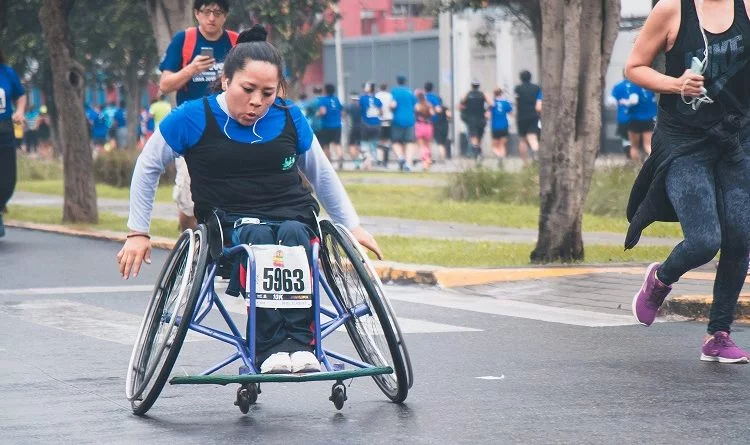Attitudinal barriers, such as stigma, stereotypes, and prejudice, significantly restrict opportunities for people with disabilities in employment, education, and healthcare. These barriers can be reduced by promoting awareness, challenging misconceptions, and fostering inclusive environments and policies. Listening to the disability community and addressing microaggressions are also essential steps toward building a more equitable and understanding society.
Attitudinal barriers are a major barrier for people with disabilities, stemming from stigma, stereotypes, and prejudice that limit opportunities in areas like employment, education, and healthcare
. To fix these barriers, society can promote awareness and understanding through education, challenge negative stereotypes, and create inclusive policies and environments.
How to fix attitudinal barriers
- Promote awareness and education: Increase understanding of different disabilities and challenge misconceptions through education and direct interaction.
- Challenge stereotypes and stigma: Actively work to dismantle negative stereotypes and prejudices that lead to discrimination, such as assuming someone’s quality of life is poor or that they are unhealthy because of their disability.
- Encourage inclusion: Foster environments where people with disabilities are included and have the same opportunities as everyone else. This includes hiring practices, education, and social participation.
- Support inclusive policies: Develop and enforce policies that prevent discrimination and promote accessibility in all areas of life.
- Listen to the disability community: Involve people with disabilities in creating solutions and policies that affect them. For example, the Accessible Canada Act requires consulting with persons with disabilities.
- Address microaggressions: Be mindful of subtle, unintentional forms of discrimination, such as underestimating abilities or focusing too heavily on a person’s disability while ignoring other aspects of their identity.







